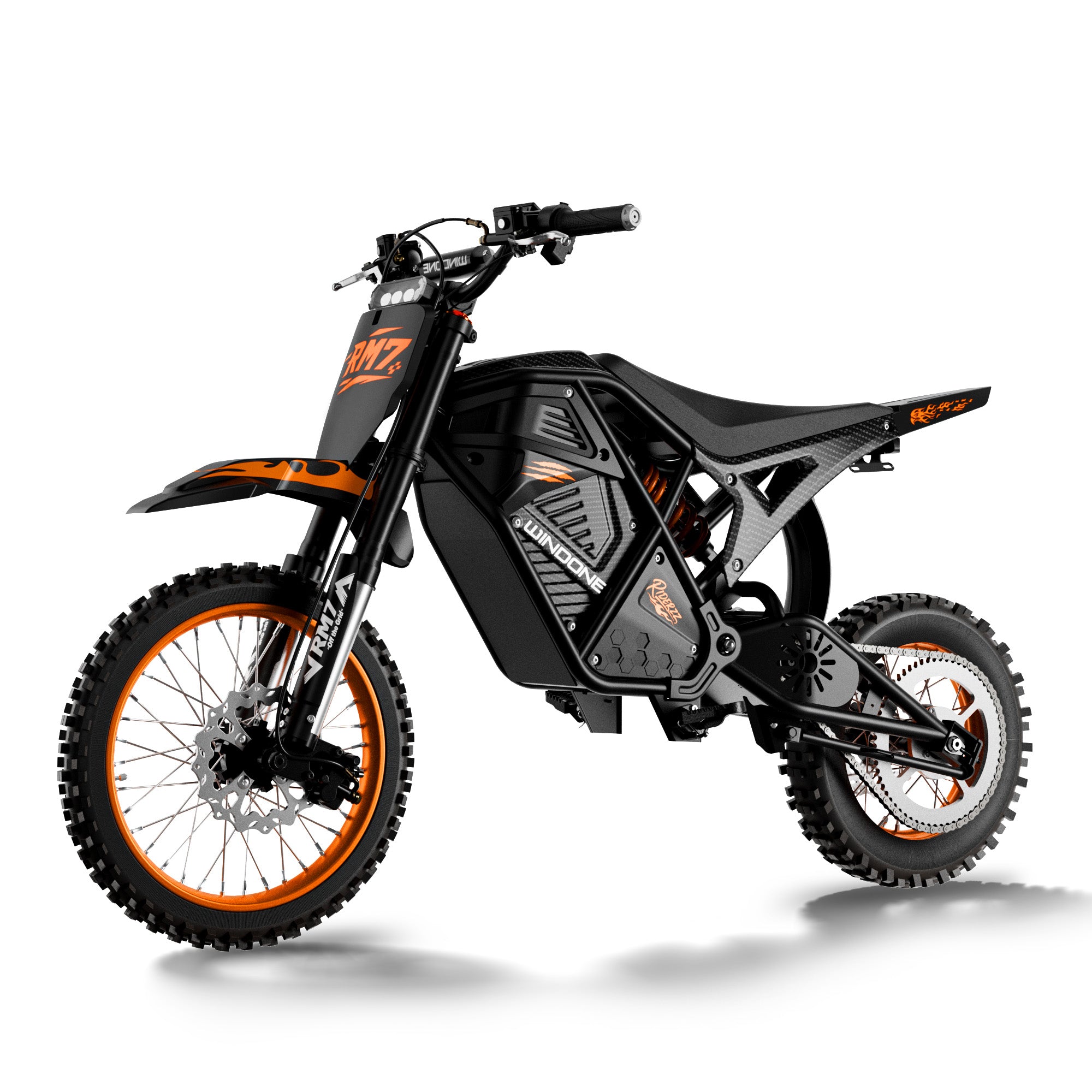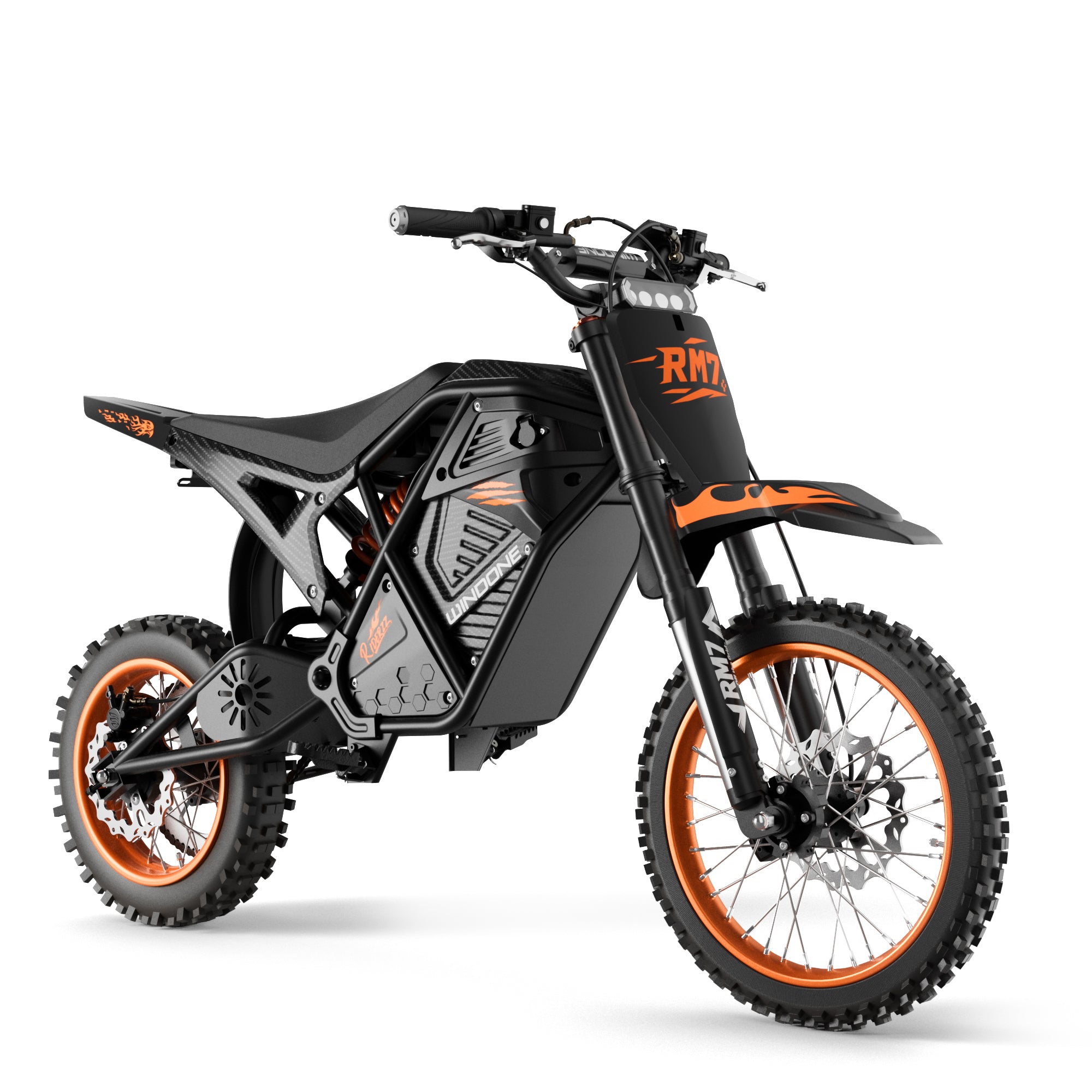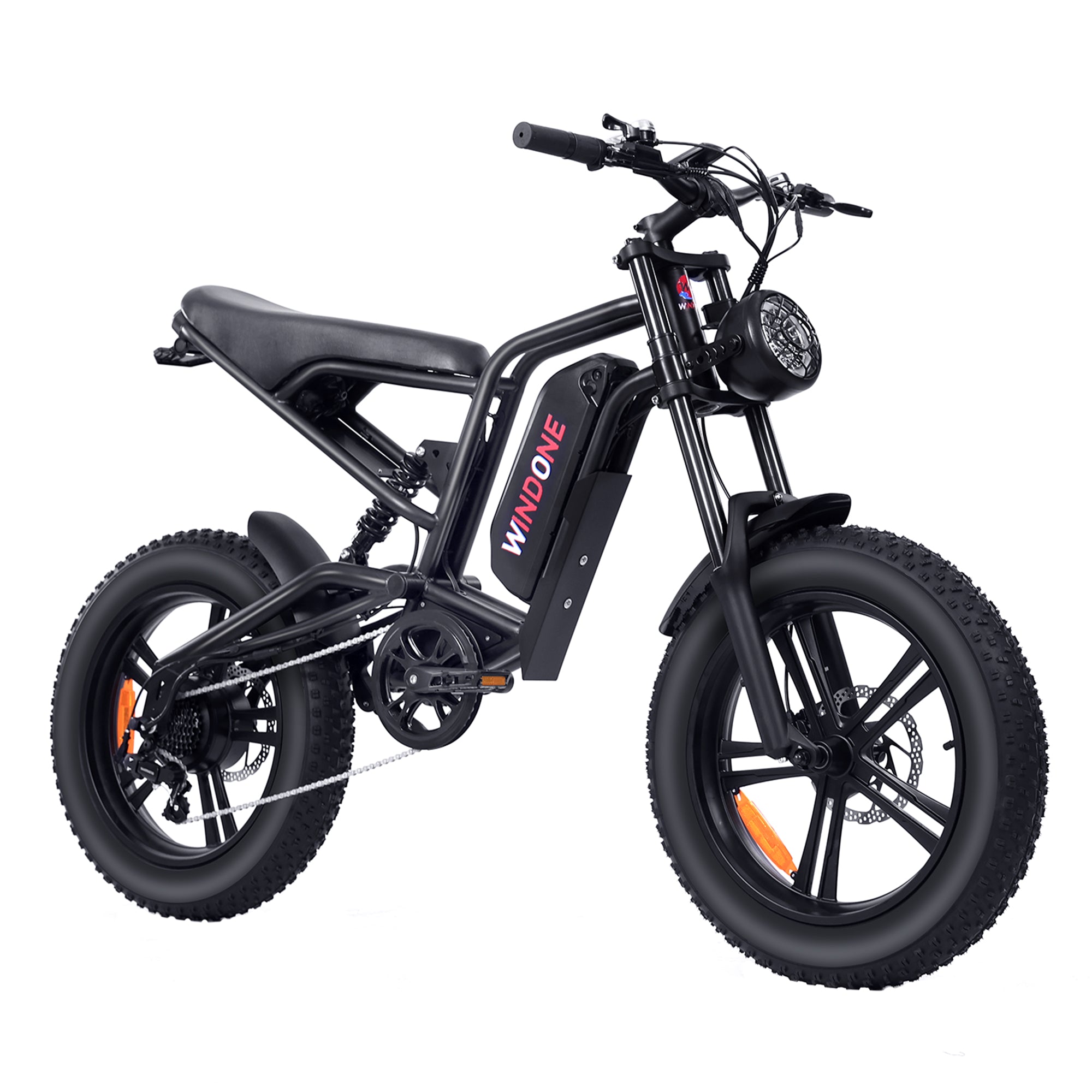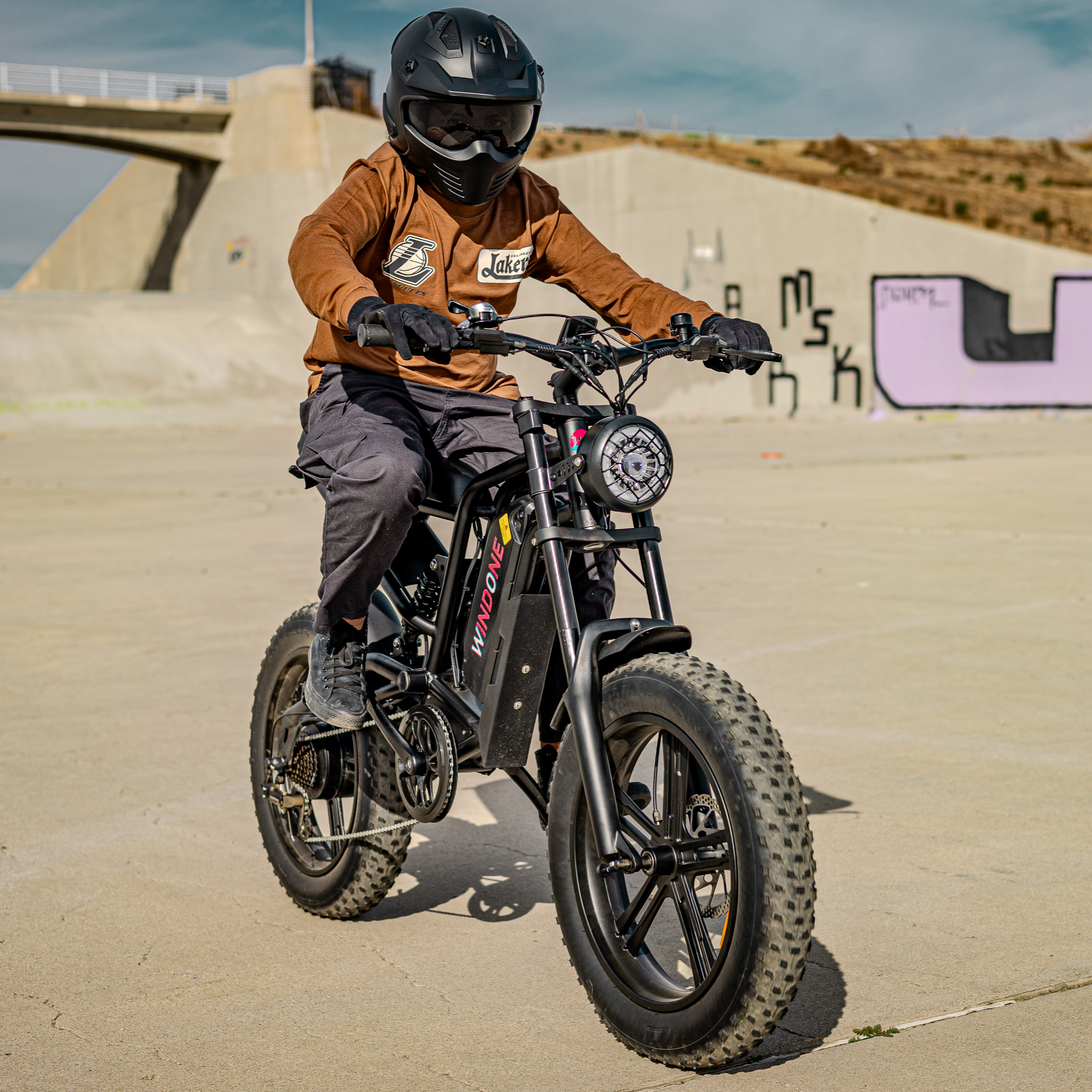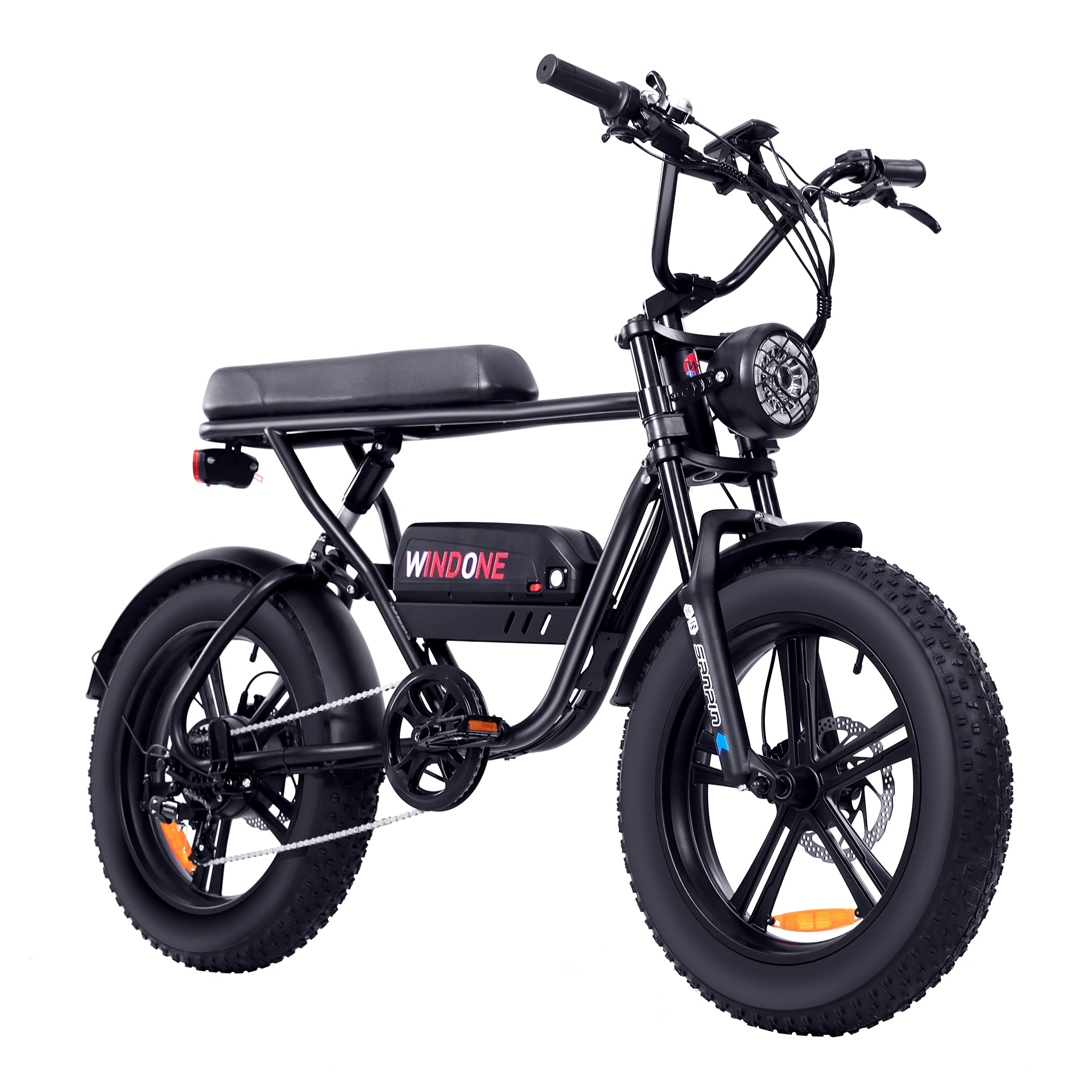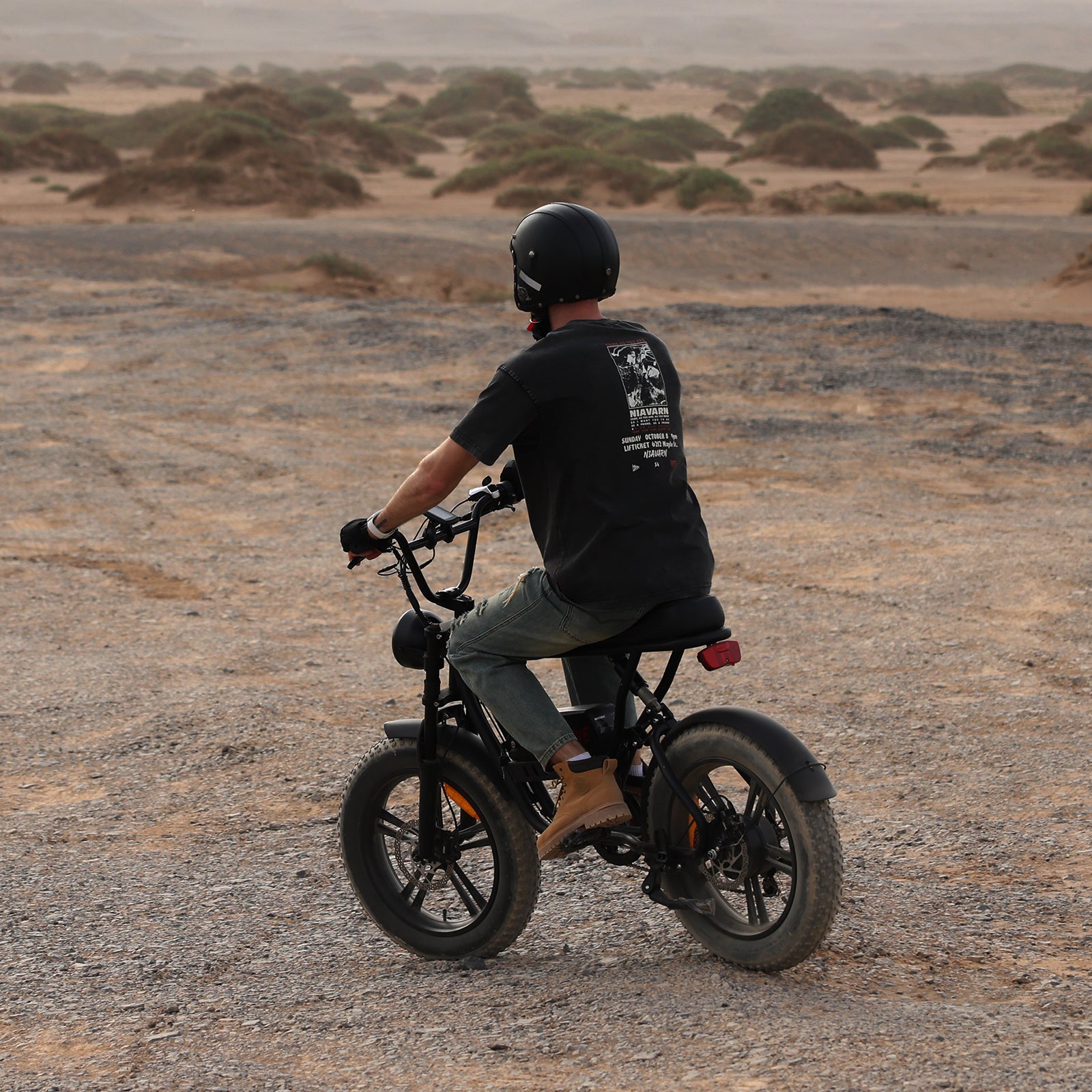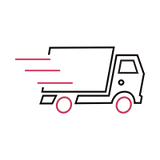Choosing between a 750w vs 1000w electric bike comes down to how you ride and where you go. If you want a bike for city roads, daily trips, or light hills, a 750w e-bike gives you steady power, longer battery life, and fits most legal rules. Riders who need more speed or tackle steep hills might prefer a 1000w electric bike, but it uses more energy and can face stricter laws. Check out this quick comparison:
|
Factor |
750W Motor |
1000W Motor |
|---|---|---|
|
Power & Speed |
Good for city, up to 28 mph |
Higher speed, up to 32 mph |
|
Efficiency |
Uses less battery |
Drains battery faster |
|
Terrain |
Urban, light off-road |
Steep hills, rough trails |
Think about how you use your electric bike and what matters most to you.
Key Takeaways
-
750W e-bikes offer good power for city rides, longer battery life, and usually meet most local laws.
-
1000W e-bikes provide stronger power and faster speeds, ideal for steep hills and heavy loads but use more battery and may face legal limits.
-
Choose a 750W bike for daily commuting, easy handling, and better efficiency; pick a 1000W bike for off-road adventures and tough terrain.
-
Check your local laws before buying, as e-bike rules vary and affect which motor power is allowed on public roads.
-
Consider weight, cost, and battery size: 750W bikes are lighter and cheaper, while 1000W bikes cost more and weigh more but deliver extra performance.
750W vs 1000W: Main Differences

Power and Performance
When you look at 750w vs 1000w e-bikes, the first thing you notice is the difference in motor power. The 750w motor gives you solid performance for most daily rides. It works well for city streets, light hills, and even some off-road paths. You get enough power to cruise at a good speed and handle moderate loads.
The 1000w motor takes things up a notch. This motor power gives you more torque and faster acceleration. If you want to climb steep hills or carry heavy cargo, the 1000w motor makes it feel easy. You will notice the extra power when you hit a 10% or 15% incline. The 750w motor might slow down or need your help pedaling, but the 1000w motor keeps going strong.
Here’s a quick look at how these motors compare in real-world situations:
|
Performance Metric |
750W Motor |
1000W Motor |
|---|---|---|
|
Acceleration (0-15 mph) |
3-4 seconds |
|
|
Torque |
60-90 Nm |
100-120 Nm |
|
Top Speed |
20-28 mph |
28-35 mph |
Tip: If you want a bike that feels quick off the line and can handle tough hills, the 1000w motor is the way to go. For most city rides, the 750w motor gives you plenty of power.
When you compare the two, the 1000w electric bike stands out for riders who want maximum performance, especially on steep hills or rough terrain. The 750w electric bike is perfect for riders who stick to city roads or moderate trails and want a balance of power and control.
Efficiency and Range
Power is important, but you also want to know how far you can go on a single charge. This is where efficiency and range come into play. The 750w motor uses less energy, so you get more miles per charge. On flat roads, a 750w e-bike can reach speeds of 25-28 mph and still keep battery use low. You can expect a range of about 19 to 25 miles with a standard battery, even if you hit a few hills along the way.
The 1000w motor gives you more power, but it also uses more energy. If you ride a 1000w e-bike at top speed or climb a lot of hills, you will see the battery drain faster. With a bigger battery, you can still get 30-40 miles, and sometimes up to 60-70 miles if you ride on flat ground and take it easy. But most of the time, the 1000w motor trades some efficiency for extra performance.
Here’s what you can expect for efficiency and range:
-
750w e-bikes average about 25 watt-hours per mile.
-
1000w e-bikes use more wattage per mile, so you get less range unless you have a larger battery.
Note: If you want to ride longer distances without worrying about charging, the 750w motor is a smart choice. If you need more power for hills or heavy loads, and you don’t mind charging more often, the 1000w motor is worth it.
Who Should Choose Each Motor?
-
If you ride mostly in the city, commute to work, or want a bike that balances power and battery life, the 750w motor fits your needs.
-
If you love adventure, ride off-road, or need to carry heavy gear, the 1000w motor gives you the extra boost you want.
Quick Guide:
-
750w e-bikes: Great for city riders, commuters, and anyone who wants efficient power and longer range.
-
1000w e-bikes: Best for riders who want top performance, faster speed, and the ability to tackle steep hills or rough trails.
Remember, the right choice depends on your riding style and where you plan to go. Think about what matters most to you—power, speed, range, or a mix of everything.
Performance on the Road
Speed and Acceleration
When you hop on an electric bike, you want to feel that rush as you take off. The motor power makes a big difference in how fast you go and how quickly you get there. A 750w e-bike usually reaches top speeds between 28 and 32 mph, but many places set legal limits at 20 or 28 mph. You might notice your bike slows down if you hit those limits, even if the motor can do more.
If you want more speed, a 1000w e-bike gives you a real boost. These bikes can hit 28 to 35 mph when not restricted. You will also feel the difference when you start from a stop. The 1000w motor gets you to 15 mph in about 3 to 4 seconds, while the 750w motor takes 4 to 5 seconds. That extra power means you can zip through traffic or get up to speed on open roads faster.
Here’s a quick look at how the two compare:
|
Motor Power |
0-15 mph Acceleration |
0-20 mph Acceleration |
Typical Top Speed (mph) |
|---|---|---|---|
|
750W |
4-5 seconds |
6-7 seconds |
20-28 |
|
1000W |
3-4 seconds |
5-6 seconds |
28-35 (unrestricted) |
Tip: If you want quick starts and higher speed, the 1000w motor stands out. For most city rides, the 750w motor gives you plenty of speed and keeps you within legal limits.
Hill Climbing and Torque
You might wonder how your electric bike will handle hills. The answer comes down to motor power and torque. The 1000w motor gives you more peak torque and stronger power surges. This makes a 1000w e-bike perfect for steep hills or rough trails. You will notice the bike keeps its speed better, even when the road gets tough.
A 750w motor offers a smoother and more balanced ride. It handles most city hills and gentle slopes with ease. You get better efficiency and lighter weight, which helps with handling and battery life. Some bikes use mid-drive motors with smart sensors. These can deliver torque very well, sometimes even better than bigger motors.
-
1000w e-bikes climb steep hills faster but add weight and can wear out parts quicker.
-
750w motors give you better control and efficiency, especially in mixed terrain.
-
Too much wattage can make the bike heavy and harder to handle.
Note: The best e-bike performance depends on more than just motor wattage. Battery size, controller quality, and how you ride all play a part.
If you want a bike for city streets and light hills, the 750w motor works great. If you plan to tackle steep climbs or carry heavy loads, the 1000w motor gives you the power you need.
Efficiency of Electric Motors
750W Electric Bike Range
When you ride a 750w electric bike, you probably want to know how far you can go before you need to charge. The range depends on many things, like battery size, your weight, the terrain, and how much pedal assist you use. Most 750w motors work with 48V lithium-ion batteries. These batteries usually have a capacity between 15Ah and 20Ah. That means you get between 720Wh and 960Wh of energy.
Here’s a quick look at what affects your range:
|
Factor |
Impact on Range |
Example Range Impact |
|---|---|---|
|
Battery Capacity |
Higher watt-hours increase range |
720Wh: 25–35 miles; 960Wh: 35–50 miles |
|
Rider Weight |
More weight reduces range |
Extra 50 lbs reduces range by 5–10% |
|
Terrain |
Hilly or rough terrain uses more energy |
Steep terrain lowers range to 25–35 miles |
|
Assist Level |
Higher assist drains battery faster |
Max assist vs. Eco assist difference |
|
Weather |
Cold or windy days reduce efficiency |
Cold weather can reduce range by up to 15% |
|
Maintenance |
Good care helps battery last longer |
Regular charging and storage help |
On flat city roads, you might get up to 50 miles per charge. If you ride on hills or rough trails, expect 25 to 35 miles. Using lower assist levels and smooth pedaling can help you get a longer range. Most 750w electric bikes advertise a higher range, but real-world range is often less. If you want to ride 30 miles, look for a bike that claims at least 45 miles. This way, you won’t run out of battery early.
Tip: Battery life and range depend more on battery size than just the 750w motor. Always check the battery capacity before you buy.
1000W Electric Bike Battery Use
A 1000w electric bike gives you more power, but it also uses more energy. The 1000w motor draws more from the battery, especially when you ride fast or climb steep hills. Most 1000w electric bikes use the same 48V lithium-ion batteries, with 15Ah to 20Ah capacity. Even with a big battery, you will notice the range drops faster compared to a 750w electric bike.
Here’s how battery use compares:
|
Metric |
750W E-Bikes |
1000W E-Bikes |
|---|---|---|
|
Motor Torque |
High torque |
Very high torque |
|
Battery Drain |
Moderate consumption |
Higher consumption |
|
Top Speed |
Improved acceleration |
Increased peak speeds |
|
Weight |
Heavier |
Heaviest option |
A 1000w motor can give you a range of 30 to 40 miles on a single charge, but this depends on how you ride. If you use full power or ride off-road, the battery drains even faster. You get more speed and torque, but you trade off battery life and range. If you want to go farther, you need a bigger battery or use lower assist levels.
Note: Both 750w and 1000w electric bikes use similar battery technology, but the 1000w motor uses more energy. Proper battery care, like regular charging and storage, helps keep your battery healthy and gives you a longer range.
Legal and Safety Considerations
E-Bike Laws
Before you pick your next bike, you need to know the rules in your area. Laws for electric bikes change a lot depending on where you live. In the United States, most states use a three-class system. This system focuses on how fast your bike can go, not just the motor power. Class 1 and Class 2 bikes can go up to 20 mph, while Class 3 bikes can reach 28 mph. Some states allow bikes with motors up to 1000W, but others stick to 750W or even lower. Always check your local laws before you buy.
If you live in Canada, things are stricter. The federal law says your bike can only have a 500W motor and a top speed of 20 mph. That means both 750W and 1000W bikes do not meet the rules for street use in Canada.
The European Union has even tighter limits. E-bikes there can only have a 250W motor and a top speed of 25 km/h. If your bike is stronger or faster, you need to register it and get insurance, just like a scooter or motorcycle.
Here’s a quick look at the main rules:
|
Region |
Power Limit |
Speed Limit |
Notes on 750W/1000W E-Bikes Legality |
|---|---|---|---|
|
United States |
No explicit wattage limit; regulated by 3-Class system based on speed |
Class 1 & 2: 20 mph (32 km/h); Class 3: 28 mph (45 km/h) |
750W and 1000W e-bikes legality depends on classification and state laws; focus is on speed rather than wattage |
|
Canada |
500W maximum motor power |
32 km/h (20 mph) |
750W and 1000W e-bikes exceed federal power limits and are non-compliant |
|
European Union |
250W maximum continuous rated power |
25 km/h |
750W and 1000W e-bikes exceed EU limits; require special classification (e.g., speed pedelecs) with registration and insurance |
Tip: Always check your local rules before you ride. Riding a bike that does not meet the law can lead to fines or your bike getting taken away.
Safety and Compliance
You want your ride to be safe, not just fast. Safety standards help make sure your bike will not catch fire or break down. In the United States, the UL 2849 standard covers battery and charging safety for e-bikes. This rule helps protect you from battery fires and electrical problems. Most bikes sold in the US must meet this standard.
If you live in Europe, the EN 15194 standard sets the rules. It covers everything from the motor to the battery and even the brakes. This standard makes sure your bike is safe to ride on public roads.
Some US states allow bikes with more power. For example, Georgia and Oregon let you ride bikes with 1000W motors. Other states, like Maryland, only allow up to 500W. A few states, such as Florida, have no power limit at all.
Remember: Always look for a safety label or ask the seller if the bike meets local safety standards. This keeps you and others safe on the road.
Cost and Weight Factors
Price Comparison
When you look at electric bikes, price often plays a big role in your decision. A 750W bike usually costs less than a 1000W bike. You pay for more motor power and better performance with the 1000W option. Most 750W bikes start around $1,200 to $2,000. If you want a 1000W bike, you might see prices from $1,800 up to $3,000 or more. The extra cost comes from a bigger motor, a stronger frame, and a larger battery.
Here are some things that can change the price:
-
Motor power: More power means a higher price.
-
Battery size: A bigger battery gives you more range but costs more.
-
Frame and parts: Stronger frames and better brakes add to the price.
-
Brand and features: Well-known brands and extra features like lights or racks can raise the cost.
If you want good value and do not need the highest power, a 750W electric bike can save you money. If you want top performance and speed, you might decide the 1000W bike is worth the extra cost.
Weight Impact
Weight can change how your bike feels every day. A 1000W electric bike weighs about 55 to 65 pounds. That is about 10 pounds heavier than a 750W bike, which usually weighs 45 to 55 pounds. The extra weight comes from the bigger motor, larger battery, and a stronger frame to handle more power.
You will notice the difference when you try to lift your bike onto a car rack or carry it upstairs. Heavier bikes feel harder to push or turn at low speed, especially if you run out of battery power. A lighter 750W bike is easier to handle in the city and feels more nimble in tight spaces.
|
Aspect |
750W E-bikes |
1000W E-bikes |
|---|---|---|
|
Weight |
Lighter, easier to carry |
Heavier, bigger motor and frame |
|
Handling |
Easy to turn at low speed |
Harder to handle, more effort needed |
|
Portability |
Good for stairs and public transport |
Less portable, harder to move |
|
Battery Efficiency |
Balanced energy use |
Uses more energy for more power |
|
Use Case |
Urban rides, moderate hills |
Fast rides, steep hills, heavy loads |
Tip: If you want a bike that is easy to move and handle, the 750W option is a smart pick. If you need more power and do not mind the extra weight, the 1000W bike gives you strong performance.
Terrain and Riding Style

Urban and Commuting
If you ride in the city, you want a bike that makes daily commutes easy and fun. A 750W electric bike fits right into urban commuting. You get enough power to zip through traffic, climb small hills, and carry groceries or a backpack. Many people choose folding e-bikes with 750W motors for daily commuting. These bikes help you avoid parking problems and let you carry your ride onto a train or bus. Students love them for getting around campus, and anyone with a small apartment can store them without trouble.
Here are some common ways people use 750W e-bikes for urban commuting:
-
Folding models make daily commuting simple and portable.
-
You can combine biking with public transportation for longer trips.
-
Students use them to move quickly between classes.
-
People with limited space find them easy to store.
-
They work well for errands, shopping, and fun rides around the city.
Popular models like the Windone E2 Fat Tire Off-Road Adventurer, Lectric XPress 750, Ride1Up Vorsa, and Velotric Discover 2 stand out for their strong motors, smooth handling, and features made for city life. The Heybike Ranger S 750W also ranks high in sales, showing how much riders trust these bikes for daily commutes. Studies show that using an e-bike for urban commuting can cut car trips by up to 60%. You save money, help the environment, and enjoy a smooth ride every day.
Tip: Look for a 750W electric bike with good battery life and foldability if you want the best experience for urban commuting.
Off-Road and Adventure
Do you dream of taking your bike off the beaten path? For adventure and rough trails, both 750W and 1000W e-bikes offer exciting options. Many 750W bikes, like the Windone E2 Fat Tire Off-Road Adventurer, Radster Trail and Aventon Aventure 2, give you strong hill-climbing power and a longer range. These bikes handle bumpy roads, dirt paths, and even some steep hills. You get good control and comfort, thanks to features like suspension and torque sensors.
Some riders want even more power for off-road fun. That’s where 1000W electric bikes shine. Models like Windone K20 Retro Cruiser, thew Apex Pro, Lynx, and Ride1Up Revv 1 FS come with tough frames, big batteries, and strong motors. The Ride1Up Revv 1 FS, for example, has a 1000W motor and dual suspension. It handles rough terrain with ease and gives you a smooth ride, even on rocky trails. You can go farther and faster, making it perfect for adventure seekers.
|
Model |
Price Range |
Key Features |
|---|---|---|
|
Apex Pro |
$5,099.99 |
Ultra-durable, built for adventure |
|
Lynx |
$2,999.99 |
Rugged, cafe racer style |
|
Apex XD |
$5,999.99 |
Heavy-duty, multiple color options |
|
Apex HD |
$3,499.99 |
Off-road ready, camo colors |
|
Ranger XR |
$1,999.99 |
Affordable, adventure capable |
|
Ibex |
$3,999.99 |
Tactical, designed for tough terrain |
You can pick a 750W bike for versatility and a longer range, or go for a 1000W model if you want maximum power and off-road performance. Both choices let you explore new places and enjoy the thrill of adventure.
Choosing Your E-Bike
Everyday Riders
If you ride your bike every day, you want something that feels easy and reliable. Most people who use a bike for commuting, errands, or just getting around town look for a mix of comfort, power, and good range. You probably want a bike that is not too heavy, fits your budget, and follows local rules.
Let’s break down what matters most for everyday riders:
|
Factor |
750W E-bike |
1000W E-bike |
|---|---|---|
|
Cost |
Lower, fits most budgets |
Higher, may stretch your budget |
|
Weight |
Lighter, easier to carry |
Heavier, harder to move |
|
Power Output |
Strong for city and hills |
Extra strong, best for heavy loads or steep hills |
|
Intended Use |
Commuting, errands, moderate terrain |
Rough terrain, heavy cargo, high speed |
|
Range |
Efficient for daily commuting |
Good with big battery, but uses more energy |
|
Local Regulations |
Usually allowed |
May need to check local laws |
You will notice that a 750W e-bike gives you plenty of power for city riding and daily commuting. Riders often say these bikes feel powerful and smooth, even on hills or in traffic. The motor helps you start quickly at stoplights and gives you confidence when you need to speed up. Fat tires on many models add comfort and grip, so you feel safe in all weather.
Many people love how a 750W bike turns daily commuting into something fun. You can ride to work, school, or the store without worrying about running out of battery. The lighter weight makes it easy to carry up stairs or put on a rack. You also save money because these bikes cost less than bigger models.
If you want a bike for daily commuting, errands, or just enjoying the city, a 750W e-bike is a smart choice. It balances power, range, and price. You get enough performance for most needs, and you stay within most local rules.
Tip: If you want a bike that is easy to handle, affordable, and ready for daily commuting, start with a 750W model.
Adventure Seekers
Do you dream of taking your bike off-road, up steep hills, or on long trips? Adventure seekers need more power, stronger parts, and features that handle tough rides. You want a bike that can go farther, climb higher, and carry more gear.
Here are the top things to look for if you love adventure:
-
Motor power matters. A 1000W motor gives you the boost you need for steep hills and rough trails. You get stronger assistance when the ride gets tough.
-
Check the battery. Look for a high voltage and amp-hour rating. This helps you get the range you need for long trips.
-
Frame strength is key. Aluminum frames work well because they are strong but not too heavy.
-
Tires make a difference. Fat tires with deep treads help you stay stable and grip the ground on dirt, sand, or snow.
-
Suspension helps a lot. Front and rear suspension smooth out bumps and keep you comfortable on rocky paths.
-
Brakes keep you safe. Hydraulic or mechanical disc brakes give you strong stopping power, even on heavy bikes.
-
Make sure the bike can carry your gear. Check the weight limit for you and your bags.
-
Comfort counts. Adjustable seats and handlebars help you ride longer without getting tired.
-
Look at reviews. Choose brands with good reputations and happy customers.
Adventure bikes often use 1000W motors for the best performance on tough terrain. You get more speed and power, which helps when you ride with heavy loads or go up steep hills. These bikes use bigger batteries, so you can go farther, but remember that higher power uses more energy.
|
Recommended Motor Wattage |
Motor Type |
E-Bike Class |
Key Features / Notes |
|
|---|---|---|---|---|
|
Mountain Bikers |
750W or higher |
Mid-drive |
Mostly Class 1 |
Full suspension, thick tires, strong motor for steep climbs |
|
Long-Distance Touring |
750W - 1000W |
Mid-drive preferred |
Class 1 or 3 |
Big battery, comfort features, spare battery for extra range |
|
Cargo Riders |
750W - 1000W |
Mid-drive or Hub |
Often Class 2 |
Strong frame, stable handling, large racks |
If you want to explore new places, ride on trails, or carry lots of gear, a 1000W e-bike gives you the power and performance you need. Just remember, these bikes cost more and weigh more. Always check your local rules before you ride.
Note: For the best adventure experience, pick a bike with a strong motor, big battery, and features made for rough rides.
Choosing the right bike depends on what you need most. If you want a lighter ride for city trips and easy rules, a 750W bike fits well. For more speed or tough hills, a 1000W bike gives you extra power. Check out this quick guide:
|
Priority |
750W Bike |
1000W Bike |
|---|---|---|
|
Commuting |
Best for daily city rides |
Good for long or steep routes |
|
Budget |
Higher cost, more features |
|
|
Usually allowed |
May face restrictions |
Pick the bike that matches your style and enjoy every ride!
FAQ
Can you ride a 1000W e-bike on public roads?
Most places in the U.S. allow 750W e-bikes, but 1000W bikes may face restrictions. Always check your local laws before you ride. Some states require registration or limit where you can go.
Will a 1000W e-bike drain the battery much faster?
Yes, a 1000W motor uses more power. You will notice the battery drains quicker, especially at high speeds or on hills. If you want longer rides, look for a bigger battery.
Is a 750W e-bike powerful enough for hills?
You can climb most city hills with a 750W e-bike. For very steep or long hills, you might need to pedal more. If you want an easier ride on tough hills, a 1000W motor helps.
Do heavier riders need a 1000W e-bike?
Heavier riders get better performance from a 1000W motor, especially on hills or rough trails. If you mostly ride on flat roads, a 750W bike still works well.









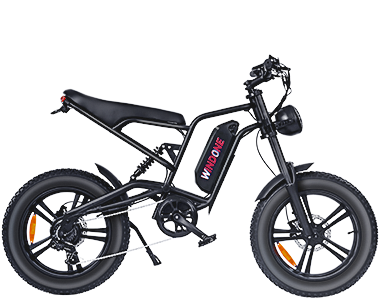
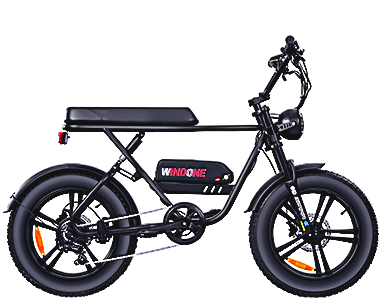
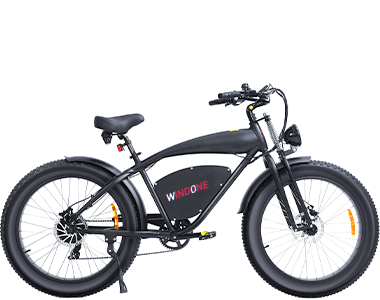
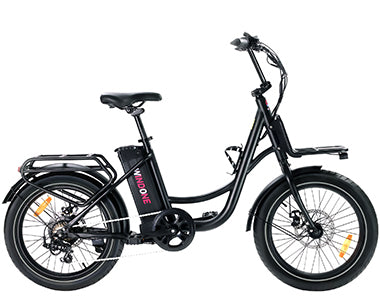
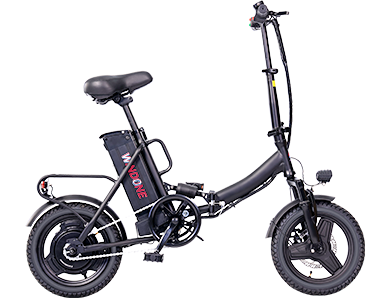
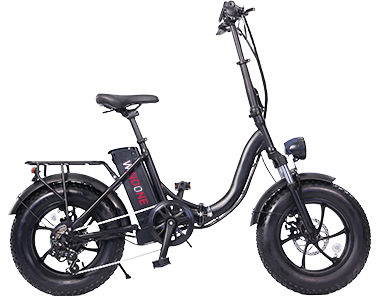


 Ebike Locks
Ebike Locks
 Phone Mount
Phone Mount
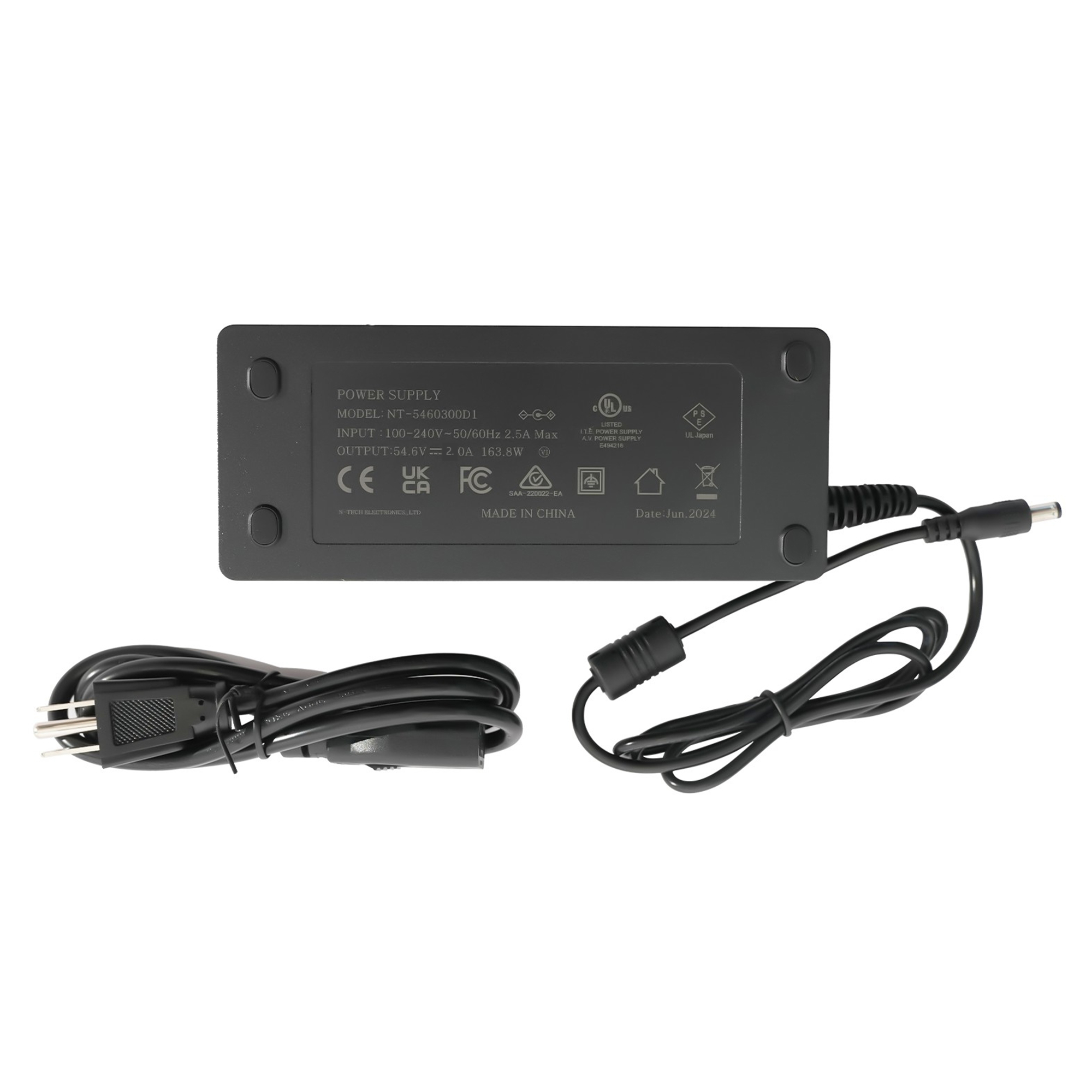
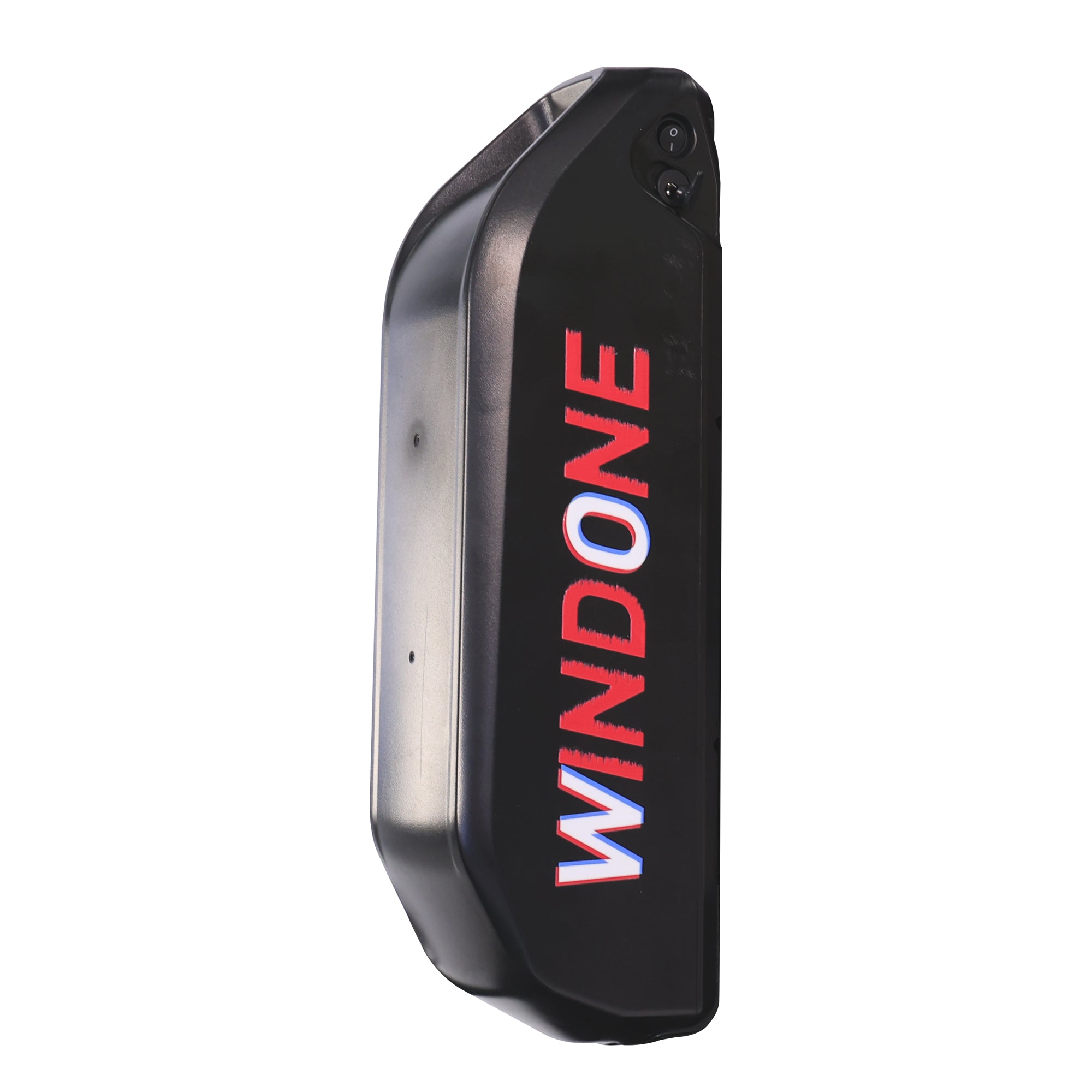
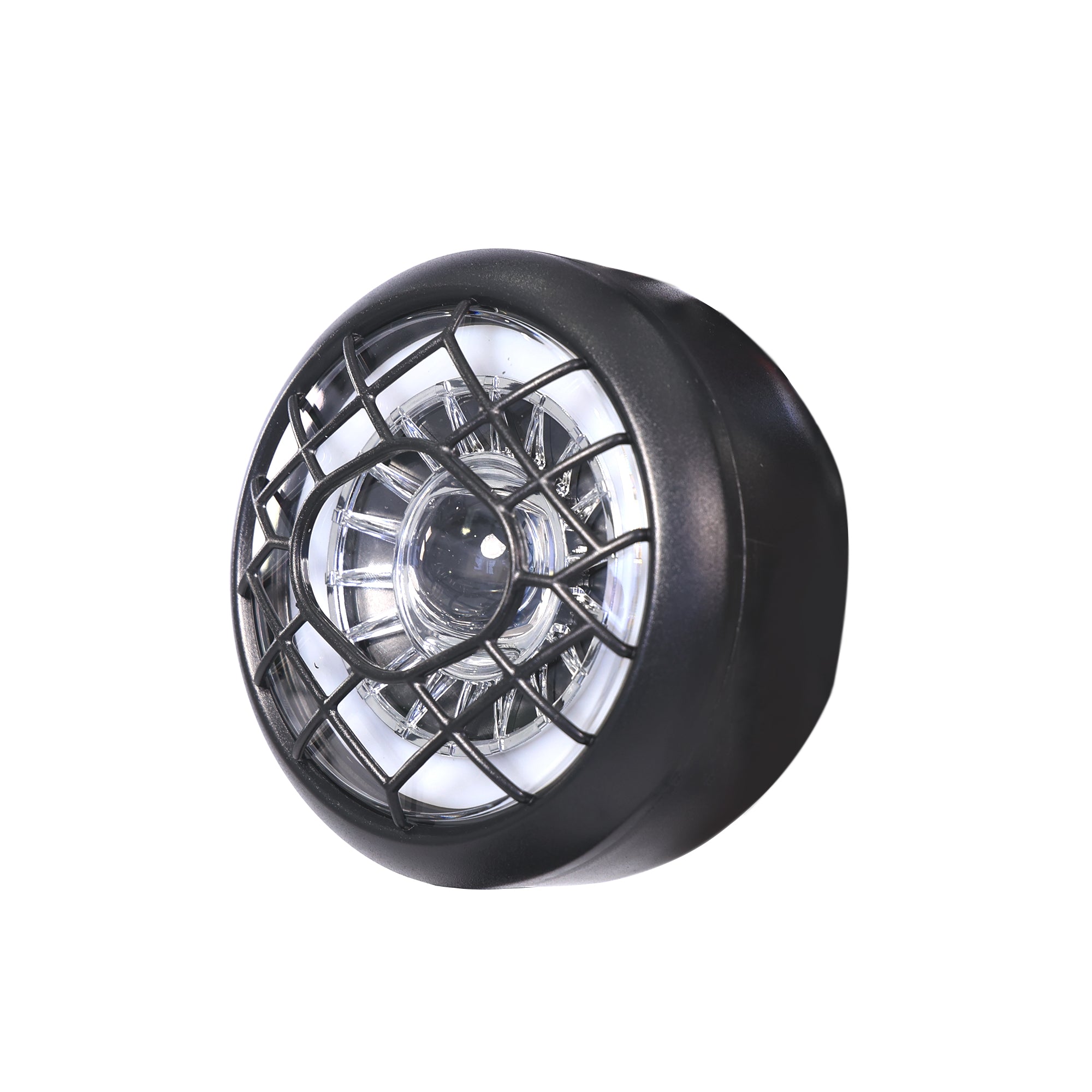
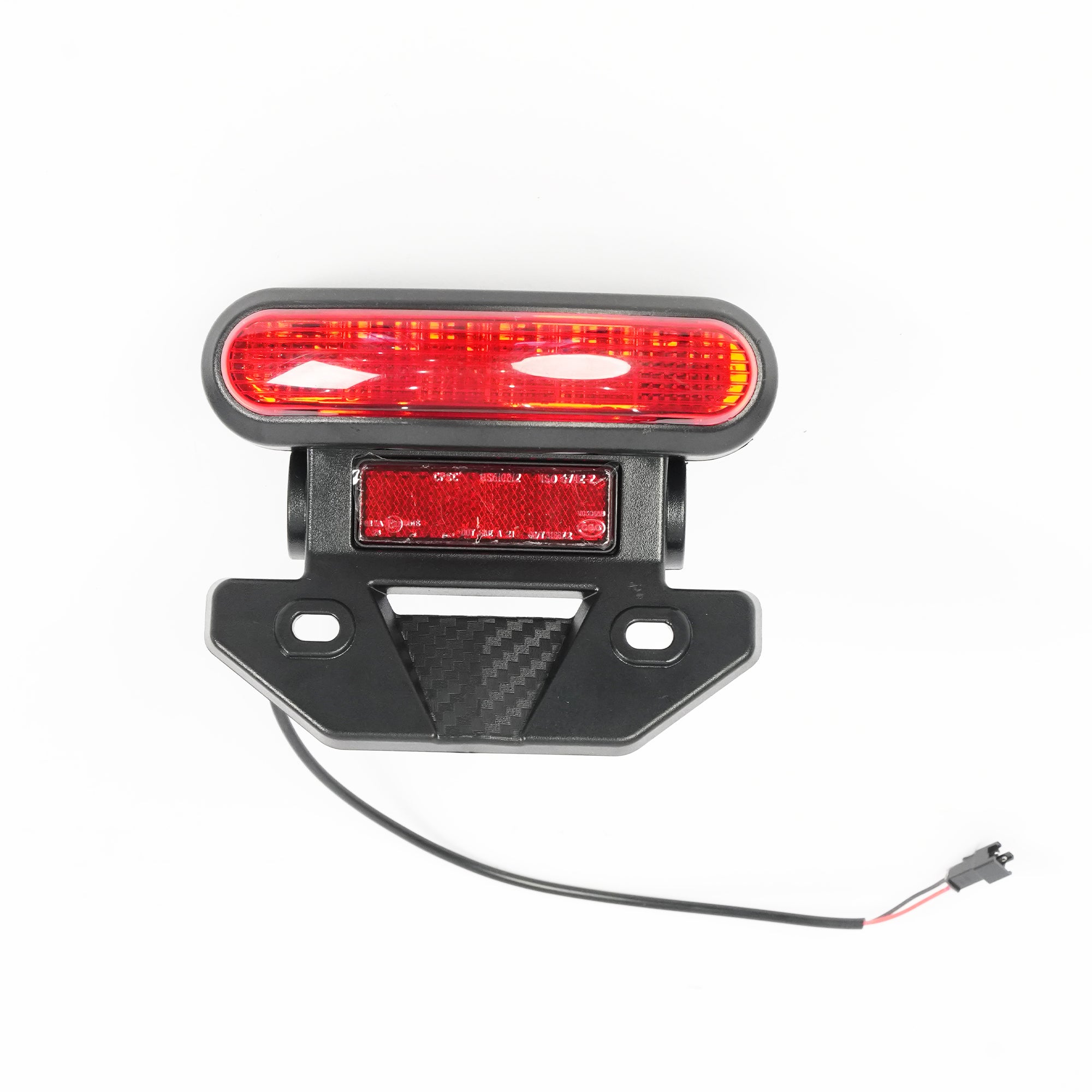
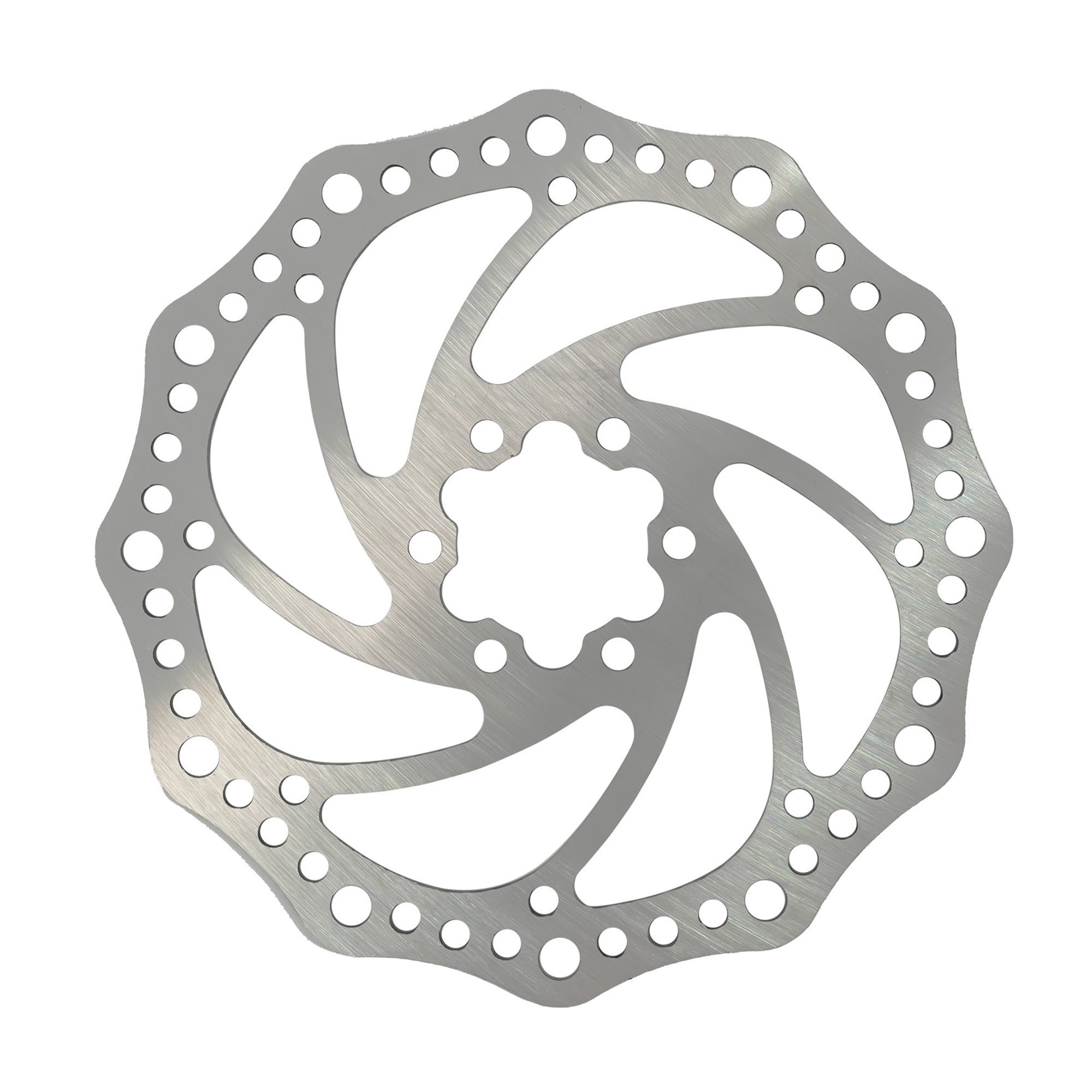
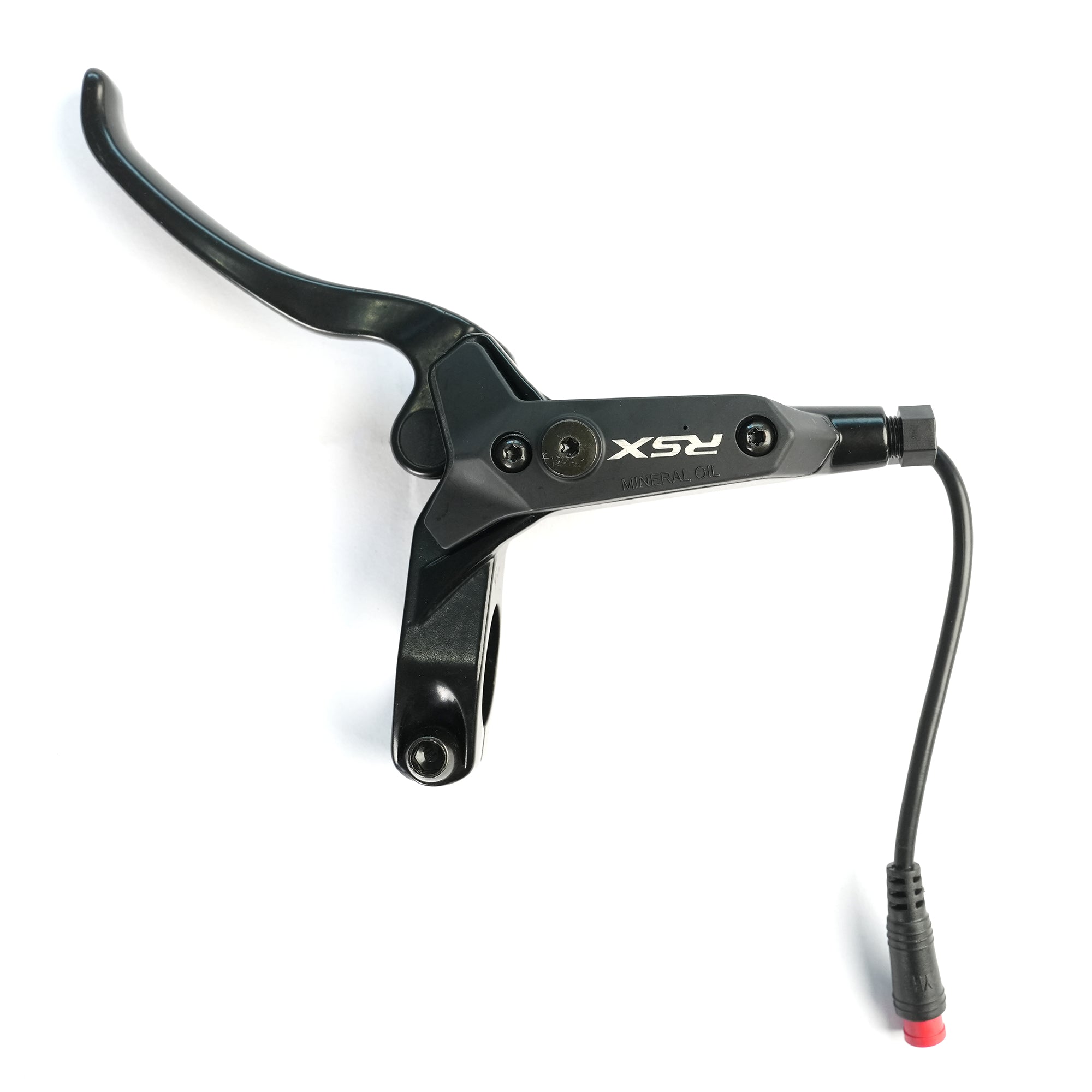
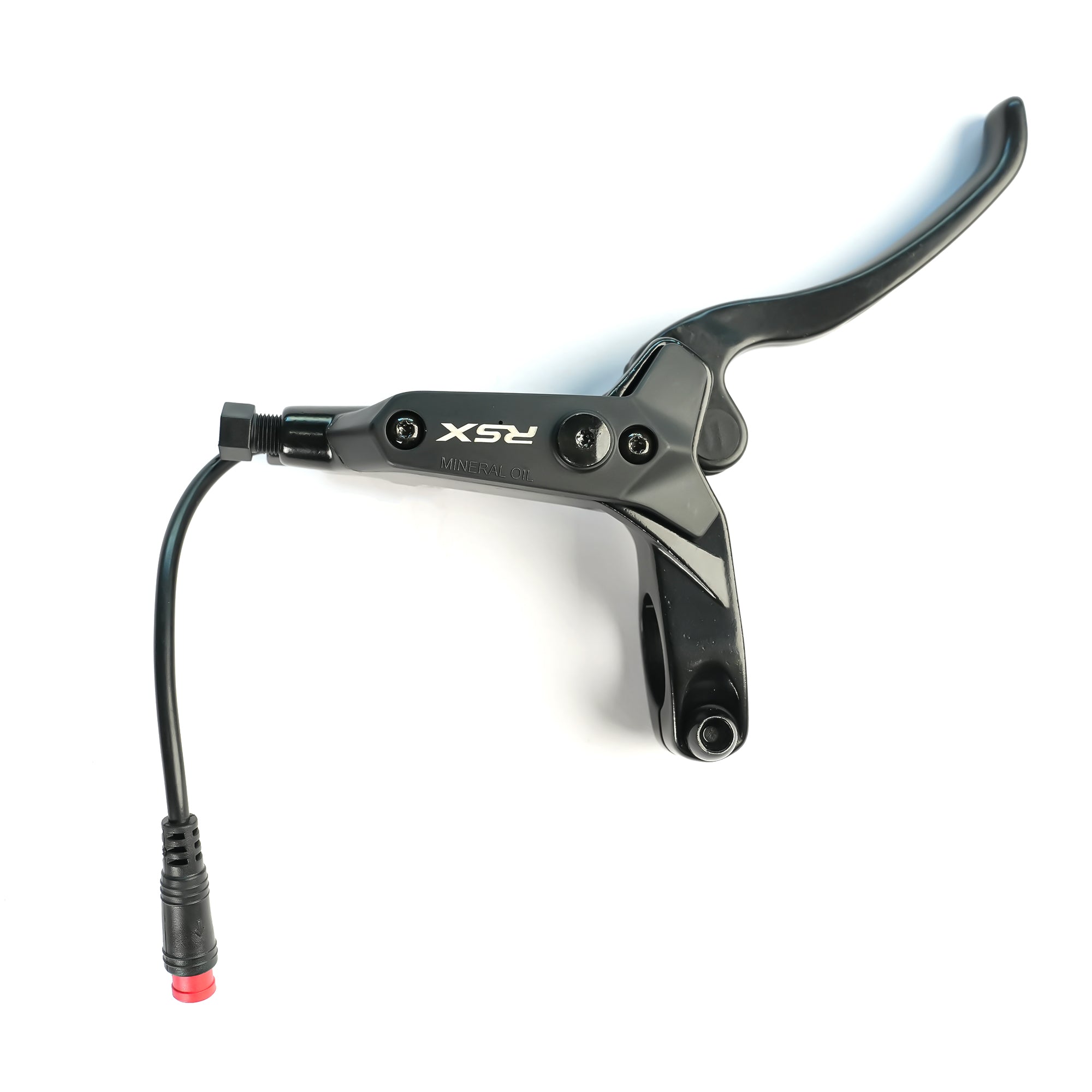
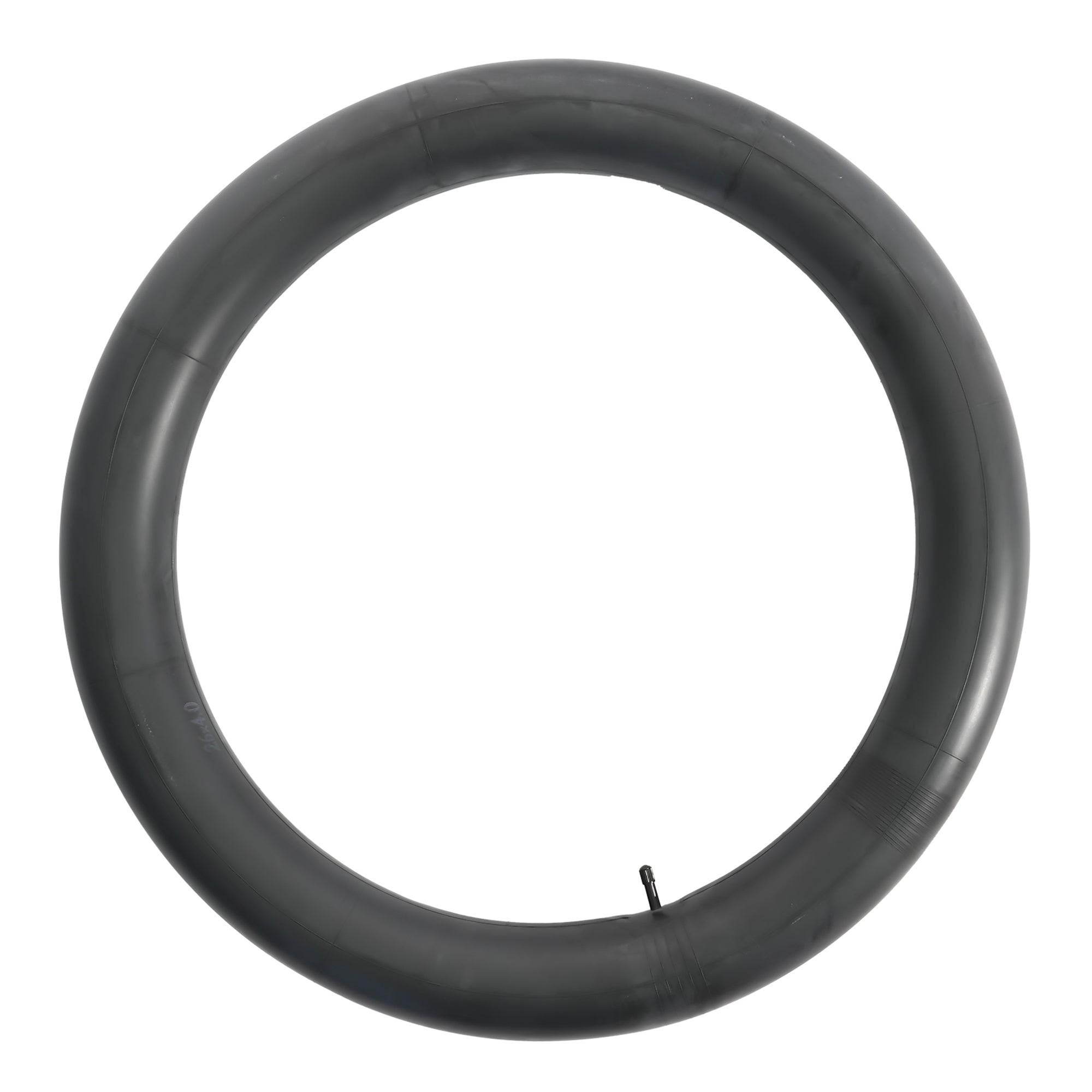
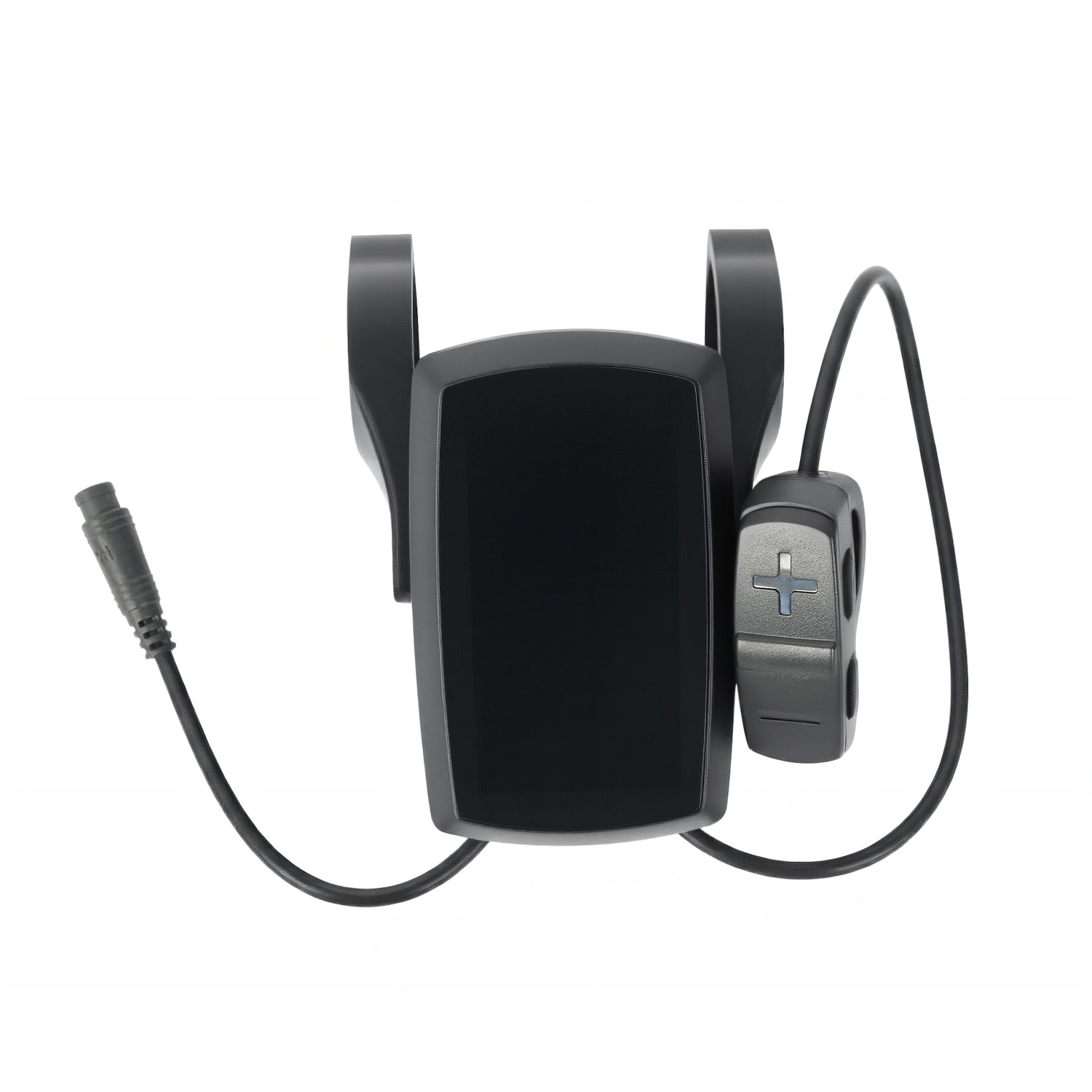
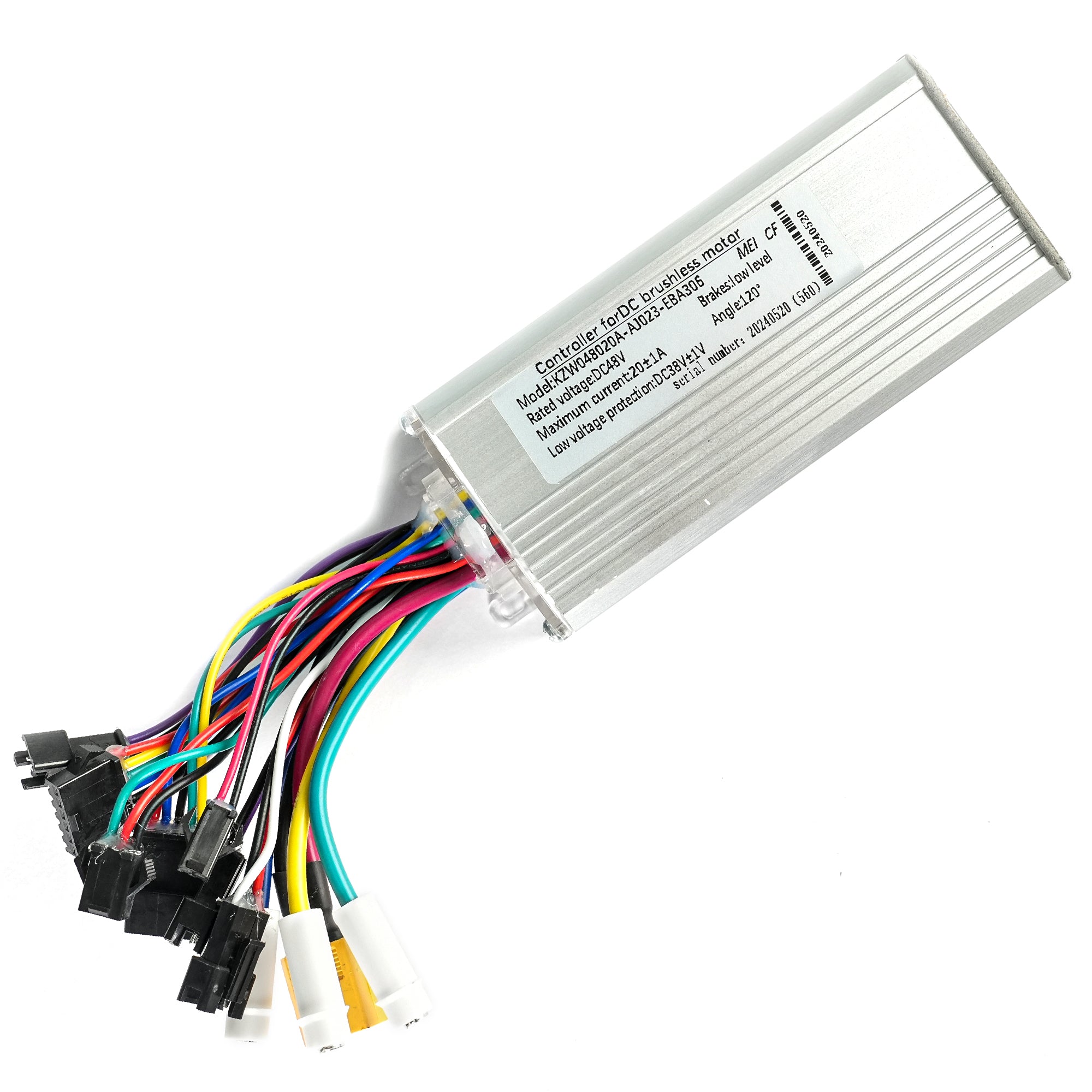
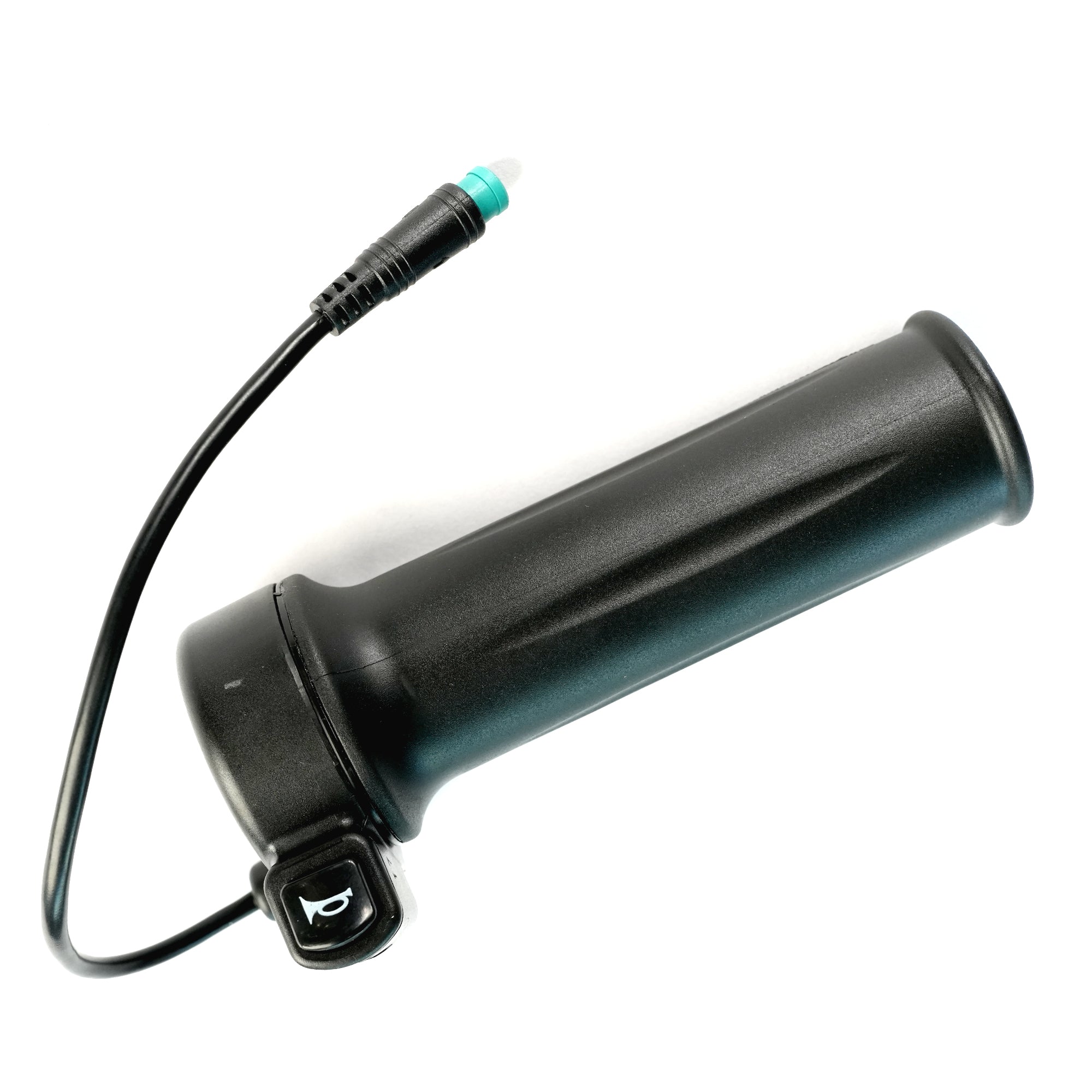
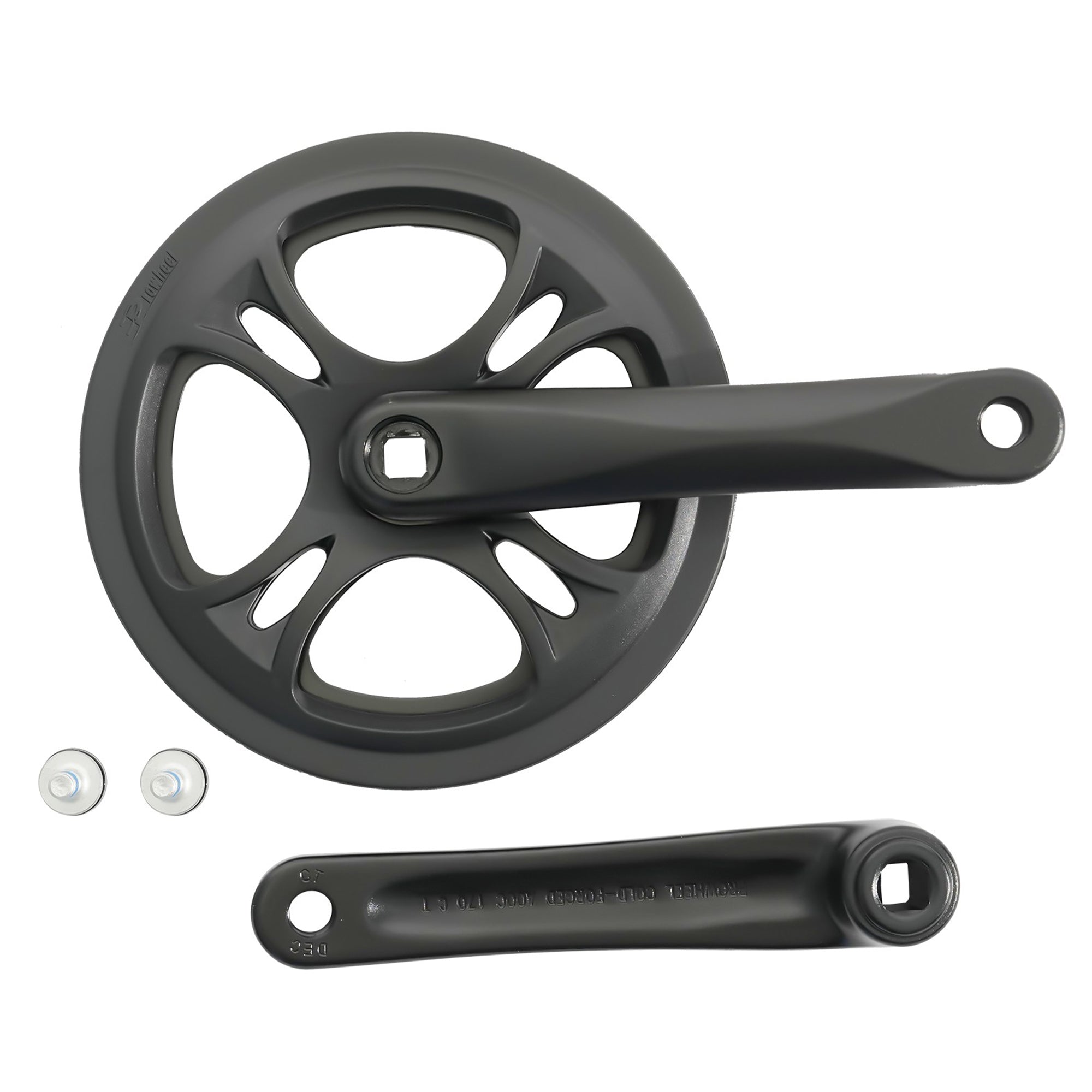
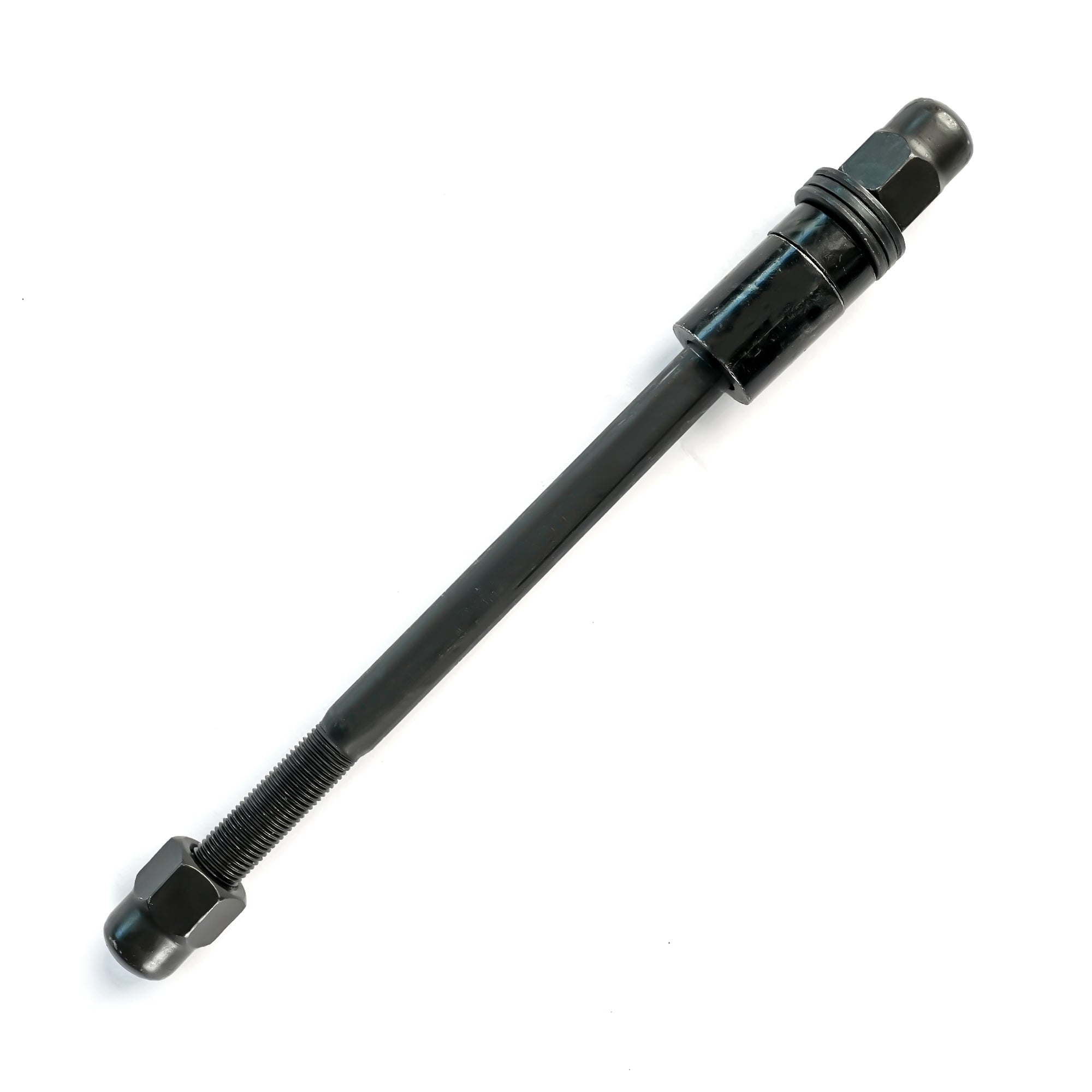
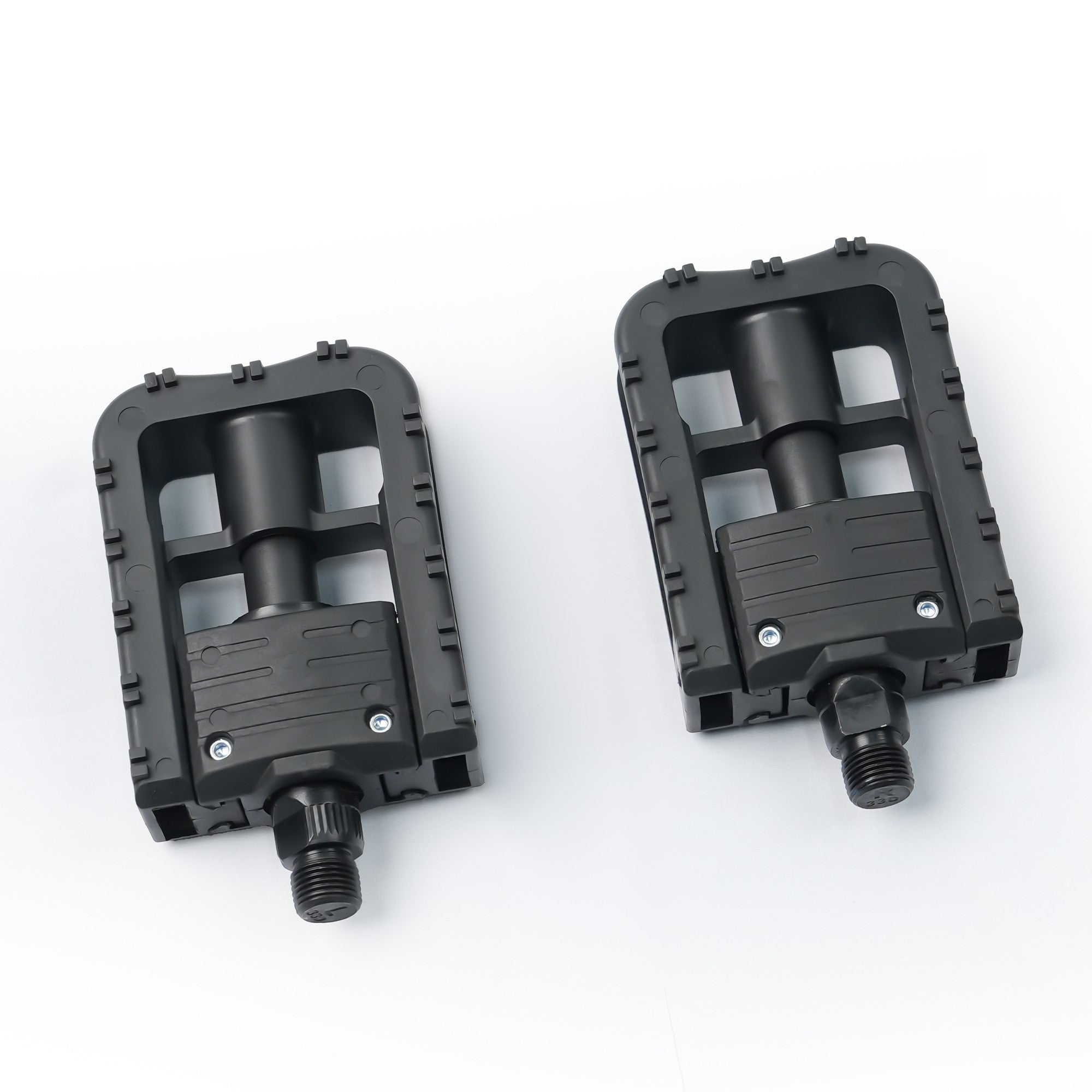
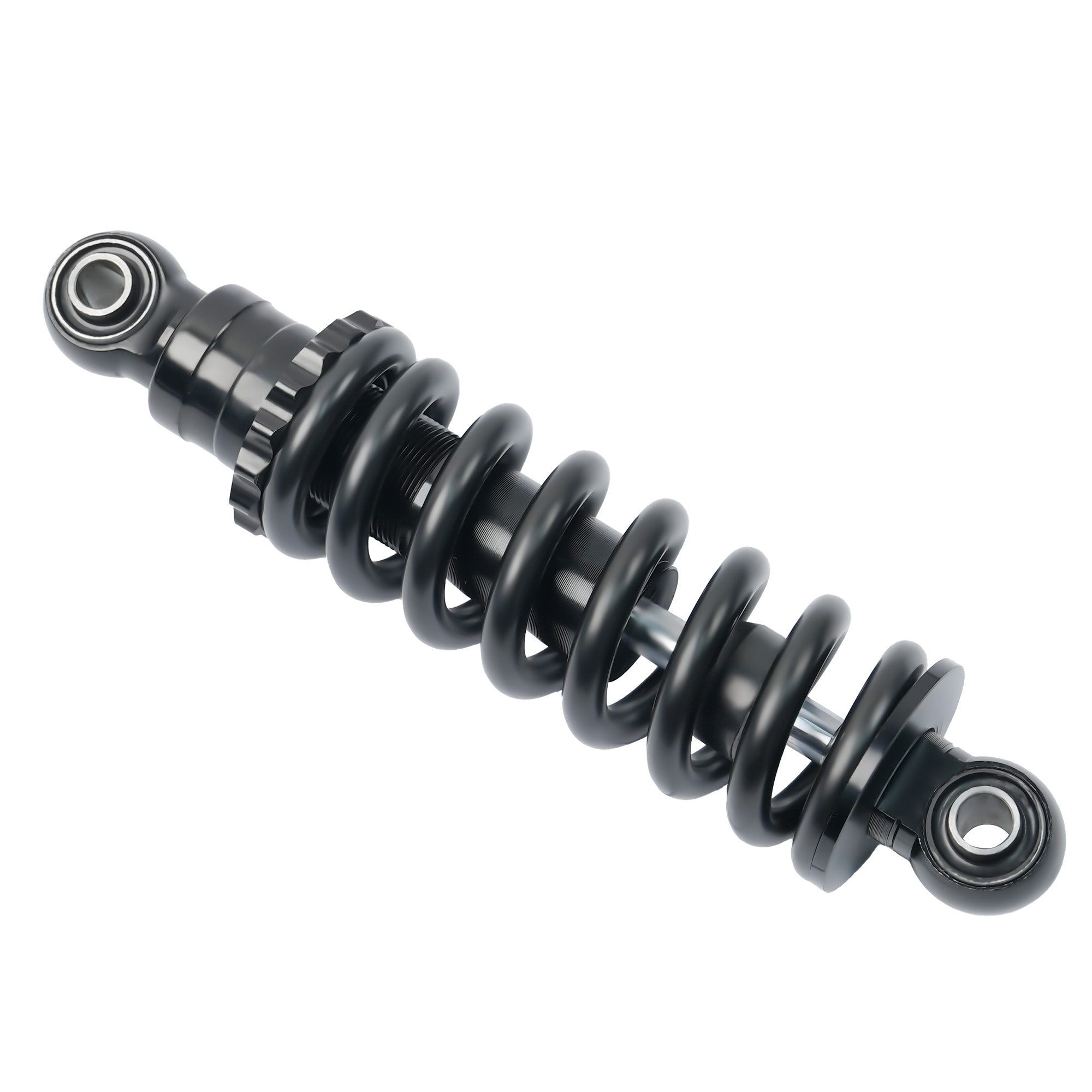
 Payment
Payment Afterpay Financing
Afterpay Financing Warranty
Warranty Shipping Policy
Shipping Policy Exclusive Discounts
Exclusive Discounts Track Your Order
Track Your Order Return & Refund
Return & Refund Referrals & Membership
Referrals & Membership User Manual
User Manual Contact Us
Contact Us FAQs
FAQs

